Vehicle-to-Grid
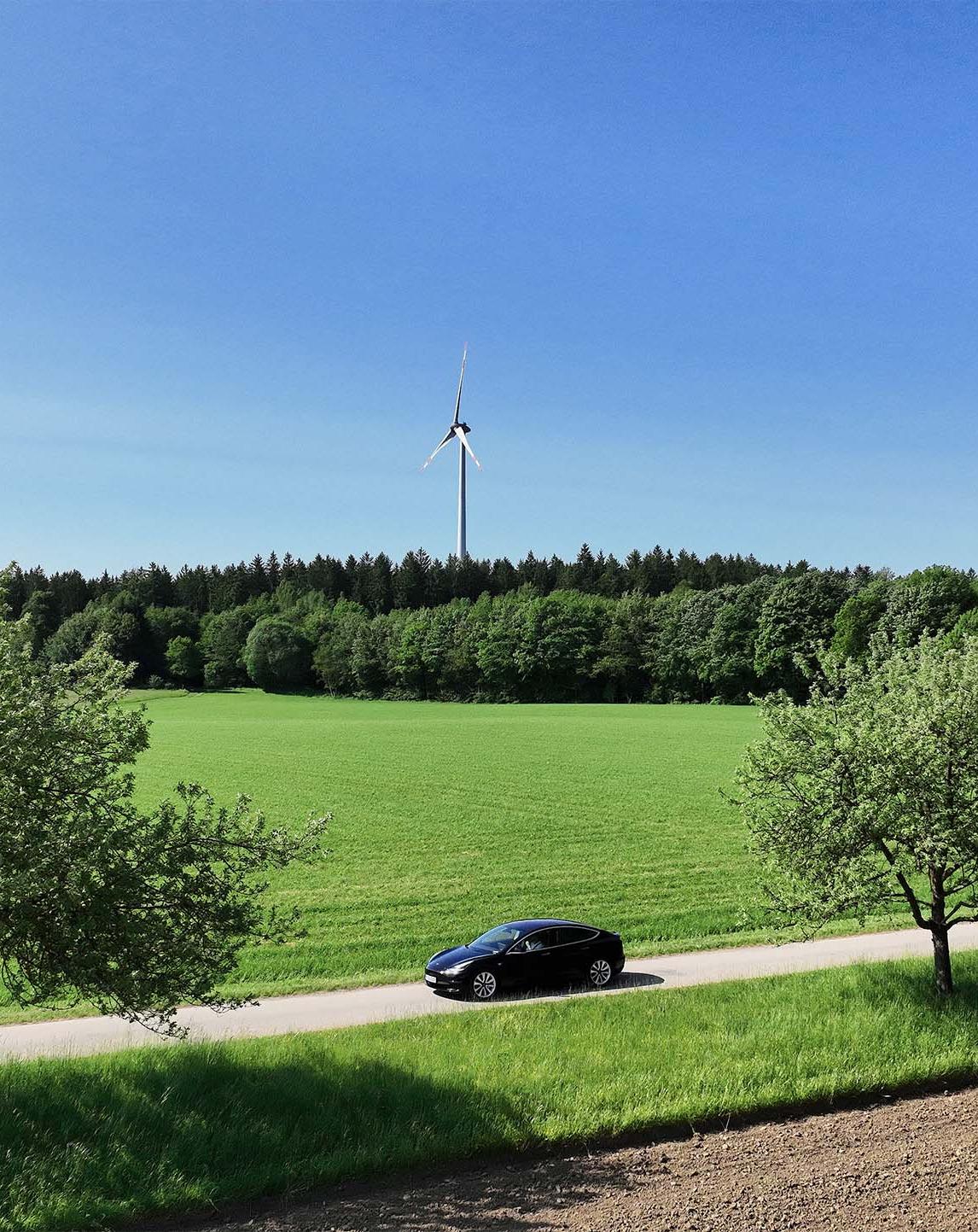
Learn all about how electromobility can contribute to energy supply.


What is V2G
Imagine that – in the future – electromobility will help stabilize the power grid and make a significant contribution to climate-neutral power supply, and that drivers of electric cars will also be able to reap financial benefits. This is exactly what is happening with Vehicle-To-Grid (“V2G”) technology. Electric car batteries are thereby used as mobile power plants and energy storage units. We have provided a summary of how this works for you on this page.
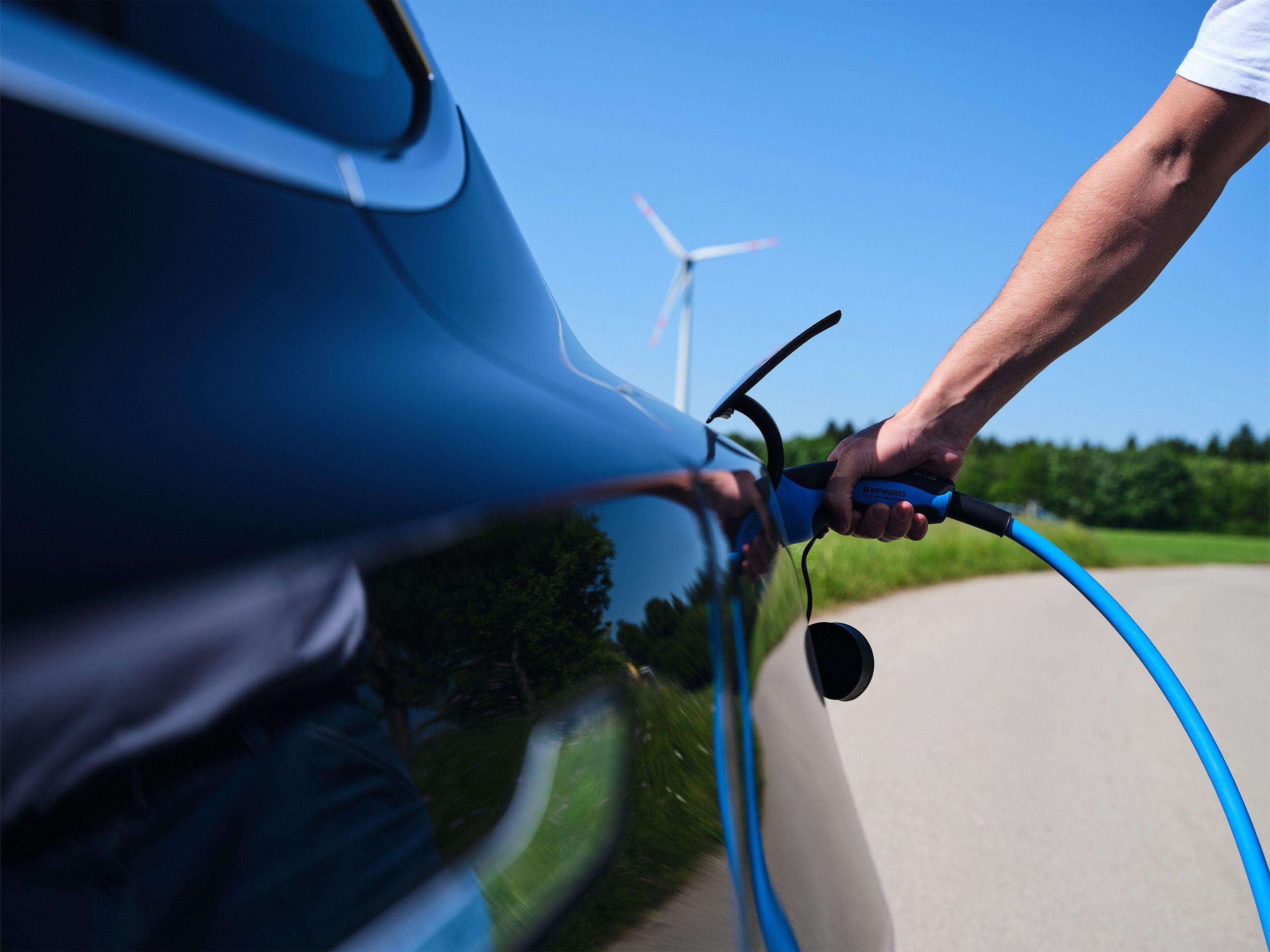
What can V2G do?
To ensure a stable energy supply and achieve climate targets, we need an
intelligent power grid – also known as a “smart grid”. In this
situation, the energy is temporarily stored and retrieved as needed. This
requires flexible storage – which is precisely where V2G comes in.
Since the vehicle batteries of electric cars are unused most of the time
because the vehicles are parked, they can be used as energy supply storage.
To exploit the full potential, the decentralized, networked electric
vehicles form a swarm storage system, which enables them to provide a flexible
balance to the fluctuating wind and solar energy. So V2G has the potential to
mobilize the immense power reserves of millions of electric cars within
seconds and thus contribute to a secure power supply.
The key facts at a glance
“V2G” is an abbreviation that stands for “Vehicle-to-Grid”. Anyone involved in this technology will certainly have already encountered the following other abbreviations too. Click to find out what they mean.
V2X
V2B
V2H
V1G
V2L
The first V2G offer


Mobilize Power, charging V2G bi-directionals
In collaboration with Renault and Mobilize, we are enabling the first bi-directional charging offer for end customers. The electric vehicle thus becomes a source of energy and savings. Thanks to bi-directional charging, the battery is automatically recharged when demand for electricity is low, and the system returns energy to the battery when demand increases.
The electric car comes from Renault, the charging station from Mobilize and the electricity from us.
Which areas benefit from V2G?
End users
Fleet
Power grid
V2G Deep Dive
Would you like to learn more about V2G?
To what extent has the technology matured, and when will we be able to make use of bidirectional charging? Which electric vehicles already have V2G capabilities, and what about the legal constraints? Check out our deep dive below for the answers.
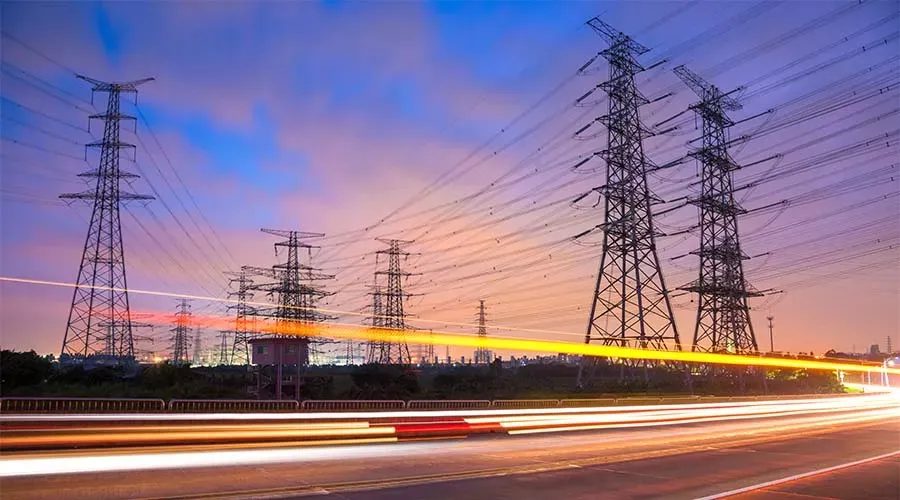
Implementing V2G
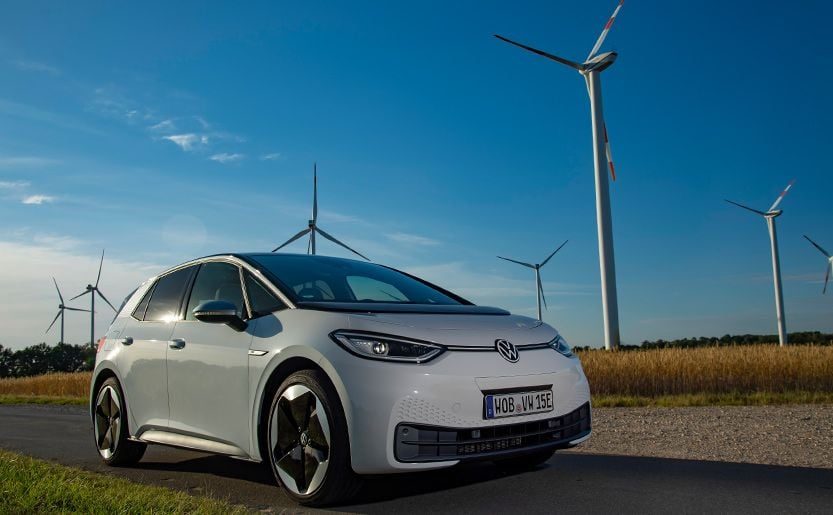
Key milestone: V2G as an essential element of electromobility

Which electric cars support V2G?
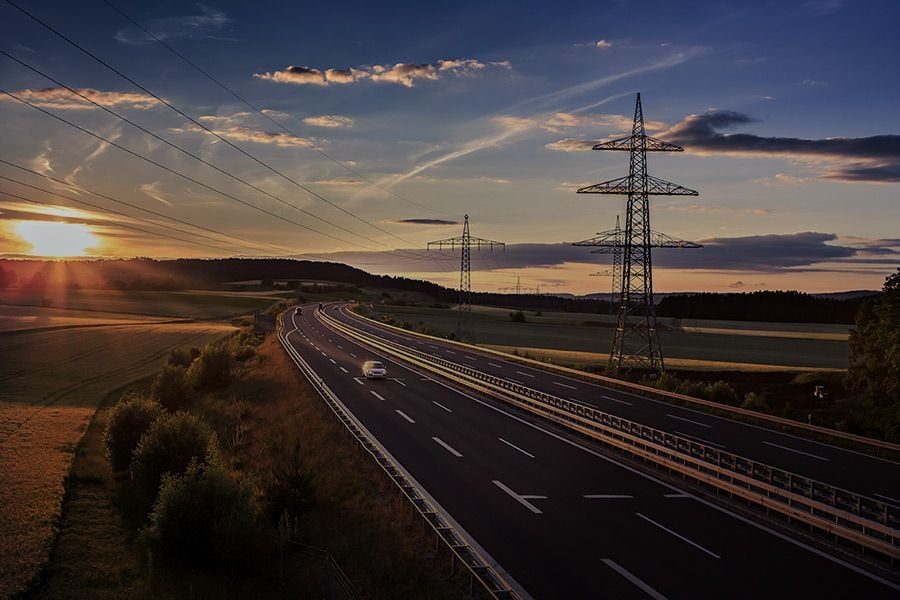
The V2G status quo – how much progress has been made in which country?

V2G under the microscope: What do studies reveal?
Projects & technologies
We’re making history with a future
As a company focused on innovation and sustainability, we are at the forefront of many ground-breaking projects based on our technology. These include the realisation of Vehicle-to-Grid (V2G) applications, such as the cooperation with Mobilize, as well as the development of battery storage systems for first and second life.
This is where you can find out which V2G projects and technologies we have already implemented.
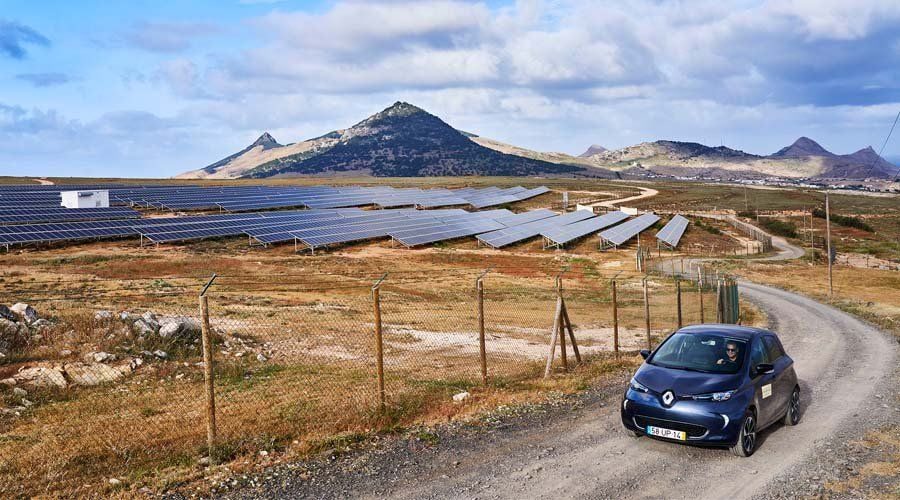
Our V2G projects

Our technologies
The 4 Key Benefits of V2G
Vehicle-to-Grid (V2G) technology offers four main benefits:
V2G makes driving an electric vehicle—and its total cost of ownership—significantly cheaper. Savings of up to €2,000 per year compared to a gasoline-powered car are possible.
Electric vehicles provide value to the energy market by supporting the grid and are compensated for it. This happens by offering flexibility that allows cheap energy to be stored and resold when demand (and prices) are higher (intraday trading). It also includes grid-stabilizing effects like limiting the EV’s charging power.
V2G enables greater use of renewable energy, avoiding the need to shut it off. This alone saves German electricity customers hundreds of millions of euros and reduces the runtime of fossil power plants.
Increased use of renewable energy leads to significantly lower CO₂ emissions from the electricity used to charge EVs—1.2 tons of CO₂ per V2G EV per year—on top of the 2 tons of CO₂ that EVs already save compared to gasoline cars.